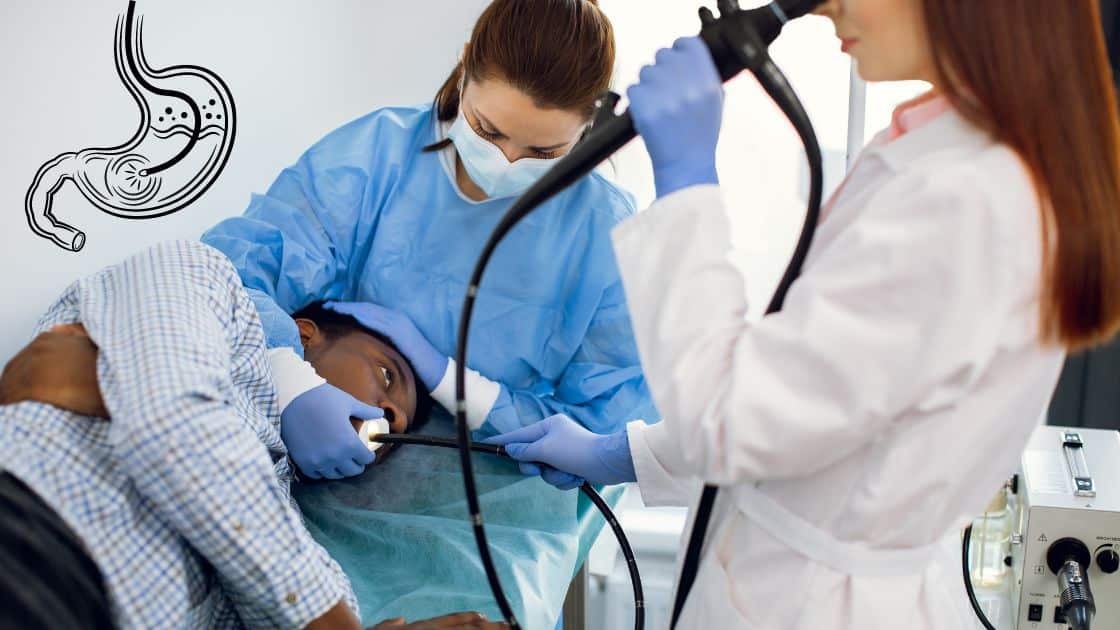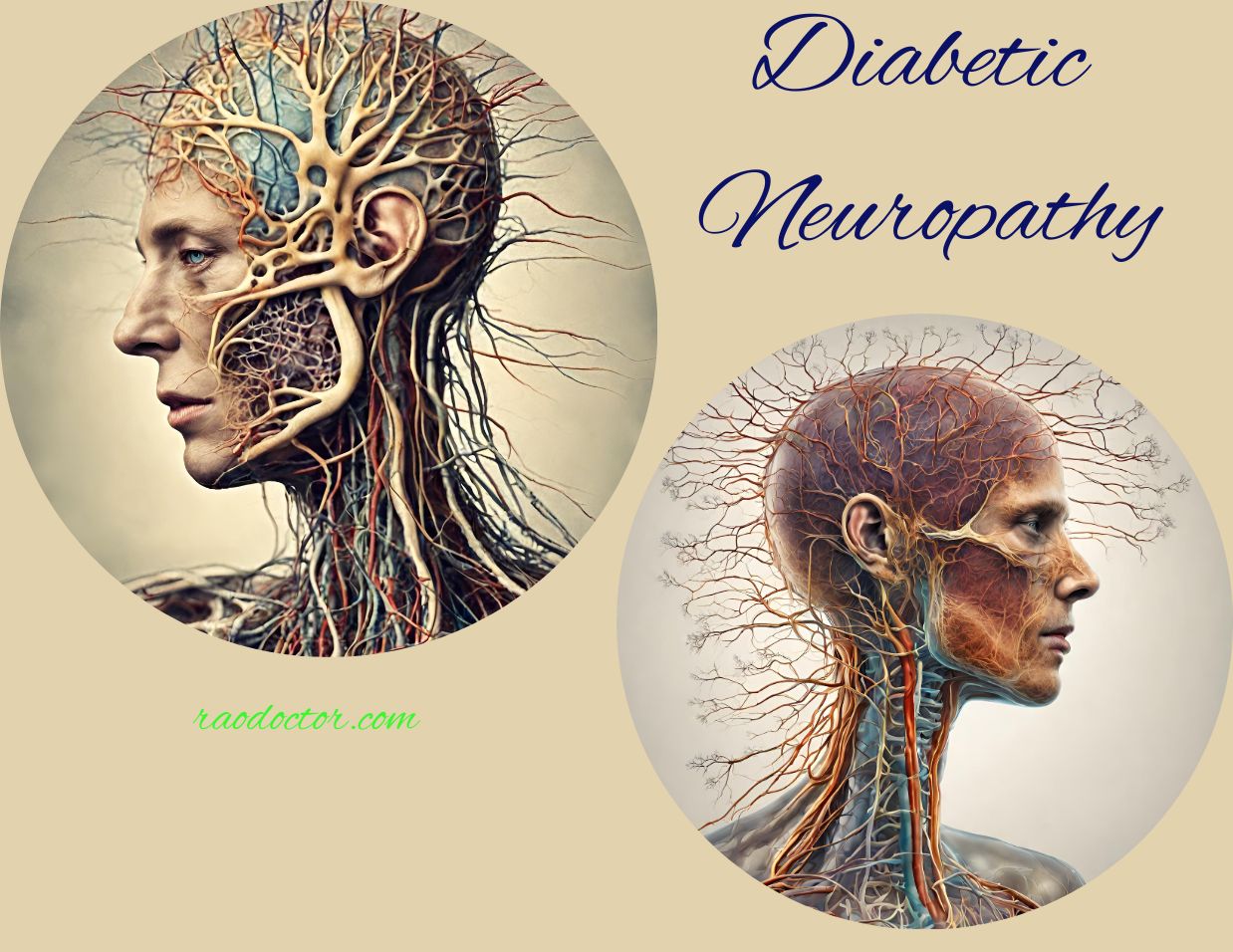Table of Contents
What is Dyspepsia or Acid-peptic disease?
Dyspepsia is a general term that refers to the sensation of having an upset stomach. It can have many different causes and may be brought on by stress, anxiety, eating too much or too little, and many other factors.
Here is a short video for you to you to know at a glance what we are about to discuss in this article-
Sometime back I had written about 11 Gastro-intestinal diseases wherein there is a mention of hyperacidity, gastritis and GERD. This article has been written as a sequel to the previous one.
Acid reflux (also known as acid indigestion) is one type of dyspepsia that occurs when the valve between your stomach and throat does not work properly. This allows acidic juices from your stomach to flow back up into your throat and mouth.
Causative factors of Dyspepsia are:
- stress,
- anxiety,
- overwork and a high-strung lifestyle,
- drinking alcohol
- eating spicy food,
- smoking cigarettes,
- chronic use of NSAIDs like aspirin or ibuprofen.

Symptoms of Dyspepsia
If you are experiencing any of the following symptoms, they may indicate that you are suffering from dyspepsia. –
- Abdominal cramps – Abdominal cramps are pain, spasms or contractions in the abdominal region. – Abdominal bloating –
- Abdominal bloating is excessive fullness or swelling of the abdomen. –
- Abdominal pain – Abdominal pain can refer to any type of abdominal discomfort, and may include cramps, constipation, diarrhea, gas, indigestion, nausea and vomiting. –
- Abdominal rigidity – Abdominal rigidity is an abnormal increase in abdominal muscle tone. –
- Under-attendance at work – Under-attendance at work can indicate stress or anxiety in your life. – Attending work with a bloated abdomen. Bloated abdomen is swelling and fullness of the abdominal region that can be caused by excessive ingestion of food. –
- Excessive eating – Excessive eating is eating more than your body can process.
- Excessive drinking – Excessive drinking is the intake of more alcohol than recommended.
Acid Reflux
Acid reflux happens when the valve between your stomach and throat does not work properly. This allows acidic juices from your stomach to flow back up into your throat and mouth.
The cause of acid reflux is when there is an increase in the amount of gastric acid secreted in the stomach due to indigestion, eating too much, drinking alcohol, smoking cigarettes etc.
The symptoms of acid reflux include a burning sensation in the chest, heartburn and burping, etc. The only solution to this problem would be to consult your medical practitioner and take the necessary medication to get rid of the problem.
Diagnosis of Dyspepsia
The diagnosis of dyspepsia is usually based on your symptoms. However, your doctor may order a few tests and blood or stool samples to rule out other conditions.
If an infection or other disease is suspected, then blood tests, stool samples and urine examination may be carried out.
The doctor will perform a physical examination and ask you about your current complaints, medical history and lifestyle.
The doctor may also refer you for various lab tests like blood or stool tests. Depending on the severity of your condition and the desired treatment, your doctor may refer you for an upper GI endoscopy or gastroscopy.
Endoscopic Examination for Dyspepsia
During an upper GI endoscopy, an instrument is used to examine the esophagus, stomach and duodenum.
An endoscopic diagnosis is a procedure that uses an endoscope to examine the inside of your body and look for signs of disease or abnormality.
An endoscope is a long, flexible tube with a camera and light at the end that can be inserted through your mouth, nose, anus or a small incision in your skin
The procedure of endoscopic diagnosis may vary depending on the type of endoscopyb- in this article this procedure is called Gastroscopy, and it involves these steps:
- Preparing for the procedure by following instructions from your doctor, such as fasting, taking medications or using laxatives
- Receiving sedation or anesthesia to make you comfortable and relaxed during the procedure
- Having the endoscope inserted through the appropriate route and guided to the area of interest. In this case, it will be through the mouth or nose to reach the stomach.
- Having samples of tissue or fluid taken for biopsy or testing if needed
- Having the endoscope removed and recovering from the procedure
Treatment of Dyspepsia and Acid Reflux
It is important to consult with a healthcare professional to determine the most suitable treatment approach for your specific condition.
To effectively address dyspepsia and acid reflux, several treatment options are available. These may include:
- lifestyle modifications, such as
- dietary changes and
- weight management,
- medication therapies, such as
- antacids,
- proton pump inhibitors, and
- H2 receptor antagonists.
In more severe cases, surgical interventions or endoscopic procedures, like gastroscopic surgery, may be recommended to alleviate symptoms and promote healing.
Depending upon the severity of the patient’s condition, the doctor will treat as follows:
- Avoiding certain foods – Certain foods are known to trigger dyspepsia and hence one must avoid them. These include alcohol, coffee, spicy foods and carbonated drinks. It is always advisable to eat on a regular basis, eat in moderation and eat the right type of food.
- Reducing stress and anxiety – Stress and anxiety can trigger acid reflux and hence, one must try and reduce these factors in one’s lives.
- Taking rest – Rest is very important as it is during this time that the body can heal and recover. It is important for people to take rest and give their bodies time to heal.
- Using antacids – Antacids are used to relieve heartburn and alleviate acid reflux. They are available in various forms like tablets, capsules, liquids and gels. These antacids are very helpful in reducing the symptoms of dyspepsia. They can be purchased over the counter at the chemist’s.
- Medications to reduce acid production– like ranitidine, omeprazole, pantoprazole, rabeprazole, etc. However, these medications need a prescription and are to be strictly taken under doctor’s supervision.
Feeling of bloating and discomfort in dyspepsia
Bloating is a feeling of excessive fullness in the abdomen, whereas discomfort refers to pain in the abdomen.
Dyspepsia is a condition in which one may be experiencing either of the two or both of these symptoms. Bloating and discomfort in the abdomen are the most common symptoms seen in dyspepsia.
Other Causes of Dyspepsia
Gastritis
Gastritis is a condition in which the lining of the stomach becomes inflamed. Symptoms of gastritis include
- abdominal cramps,
- abdominal pain and
- nausea.
G.I tract infection
An infection in the gastrointestinal tract can cause dyspepsia. One of the common infections of the stomach that causes hyperacidity, gastritis or peptic ulcer is a bacteria called Helicobacter pylori.
G.I. tract cancer
Cancer in the gastrointestinal tract can cause dyspepsia.
Hormonal imbalance
Hormonal imbalance can cause an increase in the production of gastric acid. This can result in dyspepsia.
Pregnancy
Pregnancy can cause an increase in the production of progesterone, a hormone that stimulates the production of gastric acid.
Conclusion
Dyspepsia is a condition in which one may experience symptoms like abdominal fullness, bloating and abdominal discomfort.
Acid reflux is one type of dyspepsia that occurs when the valve between your stomach and throat does not work properly.
The symptoms of dyspepsia include abdominal fullness and bloating. The causes of dyspepsia are an increase in the production of gastric acid, stress and anxiety, an unhealthy lifestyle and certain food habits.
The treatment for dyspepsia involves reducing the intake of spicy and fatty foods, taking rest, reducing stress and anxiety, and taking antacids.
Final Words
If you have found this article useful, do share by using the social media icons at the bottom of this article. Alternately, if you have an X [Twitter] account, do Click to Tweet here-
What is Dyspepsia or Acid Peptic Disease – Symptoms, Diagnosis and Treatment Share on X



